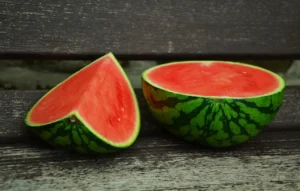
Uncovering the Fascinating History and Cultivation Secrets of Watermelon
Watermelon is the ultimate symbol of summer, offering vibrant sweetness in every bite. Its cooling nature makes it a favorite during warm weather, but this

Watermelon is the ultimate symbol of summer, offering vibrant sweetness in every bite. Its cooling nature makes it a favorite during warm weather, but this

Nashville hot chicken has become an iconic staple, celebrated worldwide for its bold and spicy flavors. When paired with crispy fried onions, this dish transforms
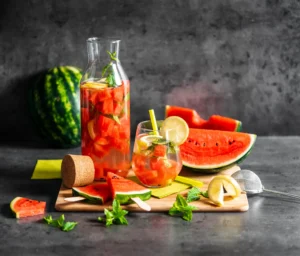
Watermelon is more than just a fruit; it’s a delightful symbol of summer joy. Known for its refreshing taste, this iconic fruit is significant in
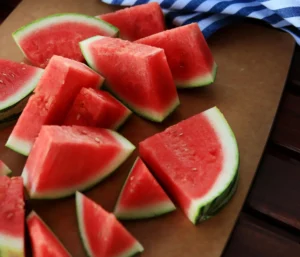
Sweet and Juicy Summer Fruits in the South Summer in the South is a season like no other. The warm weather, vibrant landscapes, and rich

Craving bold, spicy, and unapologetically Southern food? Look no further than Nashville hot chicken, the fiery dish that has become a cult favorite across the

Nashville hot chicken is more than just a dish; it’s an experience. This crispy, golden, perfectly spiced creation ignites your taste buds with every bite.
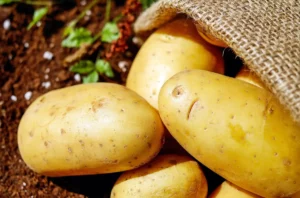
Introduction When the chill of winter settles in, it’s time to enjoy nutrient-dense foods that thrive in colder climates. Root vegetables, including potatoes, are some
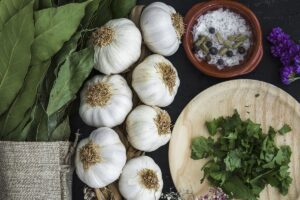
Garlic is one of the most widely used ingredients globally, celebrated for its robust flavor and aroma. This humble allium has transcended mere culinary applications,
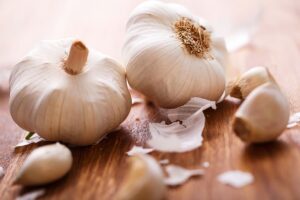
Garlic has been revered across cultures for centuries, lending its intense aroma and flavor an almost mystical quality. Beyond its culinary uses, garlic has been
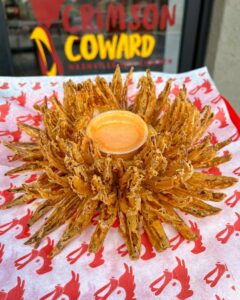
Onions are more than just a culinary staple—they’re a nutritional powerhouse packed with essential vitamins, minerals, and beneficial plant compounds. These humble bulbs boast an
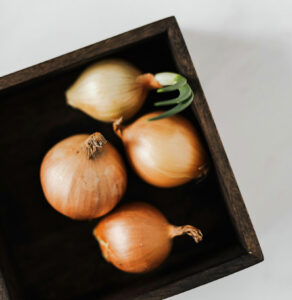
The onion, a humble yet indispensable ingredient in kitchens worldwide, has a rich and fascinating history that spans millennia. Its origins lead to central Asia,

Gardening for Southern Flavors As the summer heat fades and crisp autumn breezes roll in, it’s the perfect time to start planning your fall and

“20 of the best fried chicken restaurants places in America.”

“35 best fried chicken places in America.”

Locally honored by
the Press-Telegram and LAStartups!
Copyright © 2024 CRIMSON COWARD. All Right Reserved